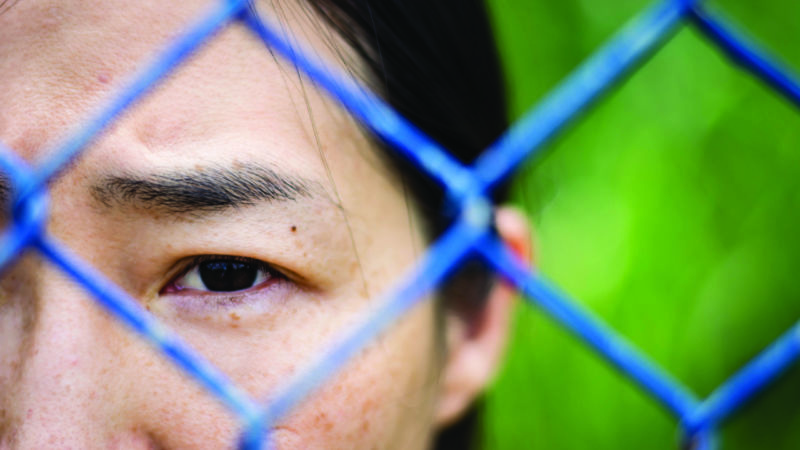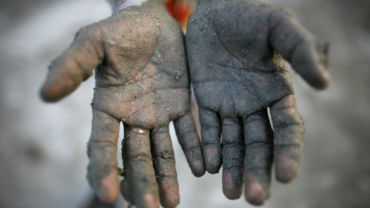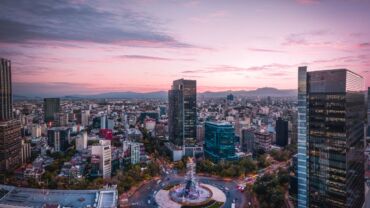Human rights abuses in retail manufacturers' global supply chains, made worse during the pandemic, need to be identified and disrupted
Securities issues in the global supply chain have been a growing and persistent problem in the past few decades, and events like the global Covid-19 pandemic only increased the chances of vulnerability and human rights violations within the global retail manufacturing supply chain.
Security risks & abuses
Human rights abuses — such as forced labor, a form of human trafficking or modern slavery — have been seen at all stages of the supply chains in most, if not all, production sectors. Construction, fishing, farming, food, clothing & textiles, and footwear are all subject to abuses and exploitation. Further, forced labor activities often involve a lack of safety, poor working and living conditions, including unpaid work, debt bondage and the use of violence, fraud, or coercion towards vulnerable workers. This unfortunately includes the use of child labor.
Retail manufacturing, in particular, made roughly 70% of its trade in the fast-fashion businesses that often use production lines in countries with a high prevalence of human rights abuses. For example, the fall of Rana Plaza clothing factory in Bangladesh in 2013 and other similar worker rights events awoke the world to the conditions faced by garment workers in these countries, particularly in South Asia, the biggest low-cost manufacturing market and exporter in the world. Despite the spotlight falling on these unethical practices, little has changed in the nine years since.
Worse yet, these labor abuses have been aggravated by the pandemic, which shook the global economy with precarious workers, particularly women, often being impacted the most. This particular class of workers suffered greater employment insecurities and had to accept more irregular working conditions and increased harassments as the pandemic continued.
Unfortunately, workers attempting to flee their local conditions can become trapped in a web of even darker modern slavery abuses, such as debt bondage. Other challenges, such as fear to report to police due to threatens from traffickers, possible language barriers or even their lack of information about their own rights or where to seek support, can cause further hardship.
Where does it start?
In order to streamline operations, major global clothing chains tend to delegate the choice of suppliers and the organization of their production to their Tier 1 lead suppliers through outsourced recruitment. These Tier 1 suppliers are those that supply directly to the retailer. Lower tier suppliers are then outsourced or sub-contracted by Tier 1 to handle production, assembly, and other related work. This layered practice allows for the substantial growth of the supply chain; yet makes it a challenge for major clothing chains to accurately map the unrelated party transactions involved in the production — from the primary source producer to the seller of the final product.
This is why so much of the supply chain remains hidden. The search for the entire value chain transparency has been a major concern for multinational corporations, which now face scrutiny from allegations related to forced labor in their products.
Efforts to increase a more stringent transparency have proven to be more successful when there are in place contractual provisions between buyers-suppliers which helps have regular engagement to build a trusted relationship and share more truthful information sources. Further, labor inspectors (which includes more frequent inspections and audits), and trade unions increase visibility and oversight about labor practice. All these parties working in concert can enhance due diligence practice and enforce code of conduct compliance. However, governance gaps still persist.
Governments & corporations
Often, governments can face enormous challenges as they attempt to address trafficking solely from an immigration and criminal perspective. Too often, everyday abuses that precarious workers face in their working environment can often go unnoticed.
Yet, it is from these everyday working experiences that workers can become victims of trafficking and slavery, as these darker activities thrive within the shadows of global supply chains. Indeed, trafficking and slavery need to be understood within this larger context in order to combat it and break the chain.
Instead of applying intervention in single human trafficking cases, for example, countries should address the entire abusive system as a whole. More importantly nations should resist making labor rights more fragile in the push to boost the post-pandemic economy.
Clearly, national governments can play a key role in organizing work, regulating the conditions of workers, and holding corporations accountable for criminal and civil liability offenses, particularly those offenses happening abroad. Indeed, a remarkable advance for increasing foreign corporate accountability was made by the US with the Uyghur Forced Labor Prevention Act (UFLPA) against the proliferation of human rights abuses in China’s global supply chain. France’s Corporate Duty of Vigilance law, enacted in 2017, demonstrated a strong commitment to supply chain governance. This was followed by the UK Modern Slavery Act 2015 and the Australia Modern Slavery Act in 2018, both under review, but they may offer additional protections for workers. Finally the new EU corporate sustainability due diligence directive, enacted in 2022, suggests corporate sanctions for human rights violation on companies within the EU and those in foreign markets that work with EU companies.
While workers’ rights advocates fight to change or establish national legislation in many countries to address concerns, international retailer chains — as key drivers of the globalization of the clothing industry — should conduct enhanced due diligence processes within their entire value chain and work to ensure that the goods they are selling are not made under abusive or dangerous conditions.







